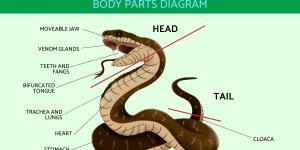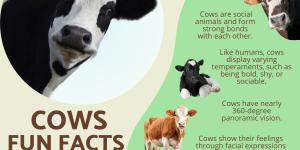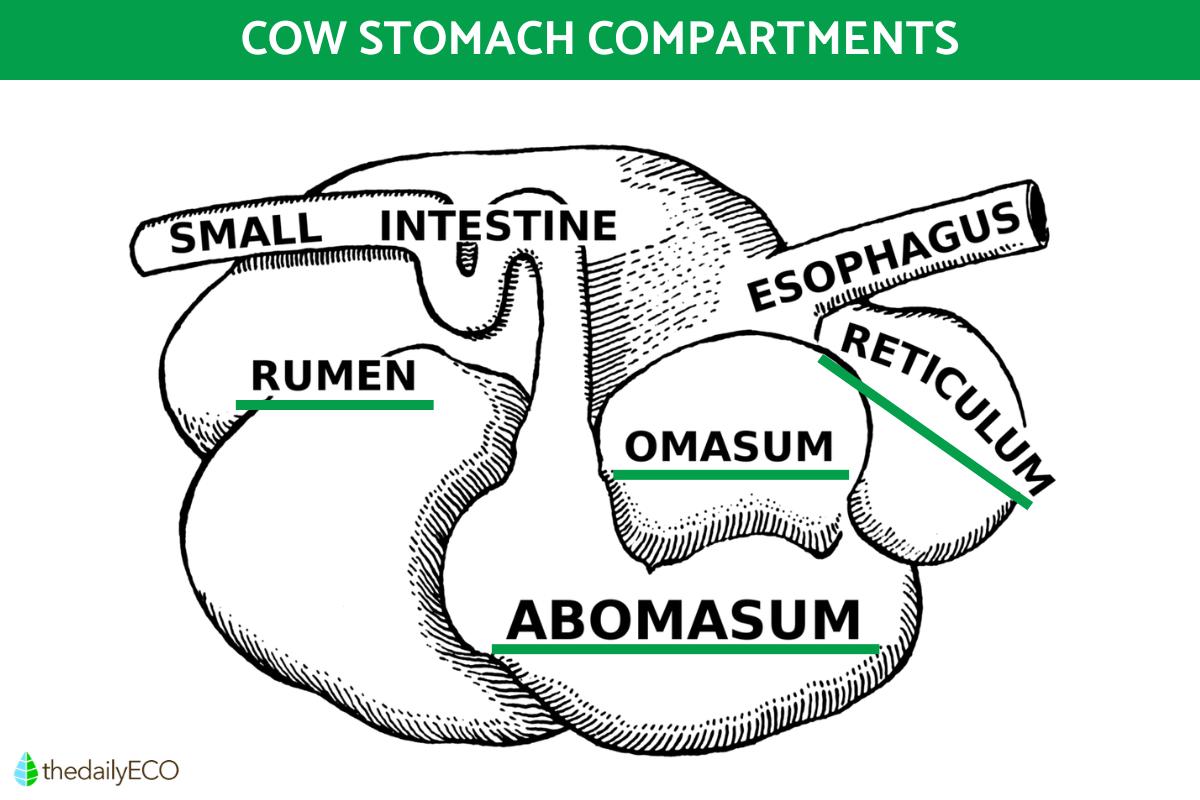Parts of a Cow's Stomach and Their Functions


The cow's stomach is polygastric, meaning it is made up of multiple digestive cavities. In the case of cows, they are an animal with 4 different stomach compartments. The parts of the cow's stomach are the rumen, reticulum, omasum and abomasum. Within these different cavities, the food is fermented to extract nutrients, digested, stored and separated.
Cows are ruminant animals. This means they are herbivores that require mastication, swallowing, regurgitating and reingestion of food in order to digest it. To have this peculiar diet they need a special stomach that digests plant matter high in cellulose. This material is difficult to process and use to obtain energy. thedailyECO looks more closely at the parts of a cow's stomach and their functions with diagrams to illustrate them.
What is a cow's stomach like?
The bovine stomach is not the same as that of other animals. When analyzed, it can be seen that it has multiple cavities. This is known as a polygastric digestive system, as opposed to those of many other animals that are monogastric. The latter are animals with a stomach which has only one main cavity. While it has been said that cows have four stomachs, their stomach is actually one organ with four compartments.
All other animals with multi-cavity stomachs are herbivores, mainly types of ruminant animals related to cows such as sheep, goats, deer, giraffes and pronghorns. The cow's stomach occupies a large portion of the abdominal region. This is because it needs a large amount of space to fill with plant matter and extract as much energy as possible from it. The entire left side of the cow is the stomach which also extends over part of the right side.
The parts of a cow's stomach have a collective capacity of 60 to 100 liters. It functions through muscle contractions which move food from one cavity to another.
You can learn more about the parts of the bovine digestive system (as depicted in the diagram above) with our article on whether cows have teeth on the top of their mouths.

Parts of a cow stomach
The cow's stomach has four compartments. The first area is known as the proventriculus or anterior stomach smf is made up of the first three cavities. The first three parts of a a cow's stomach are known as the following:
- Rumen or paunch: occupies the left side and is the cavity that takes up the most space in the cow's stomach. It is shaped like a flattened sac and has two sides, the visceral side that adjoins the viscera and the parietal side that goes towards the side of the abdomen. It is also divided into bags separated by bands. It is covered with absorbent papillae. The most important thing about this chamber is that it does not have secretions. This is one of the main differences with monogastric stomachs that do have these separations.
- Reticulum or bonnet: located in the right half of the abdominal region of the cow. This cavity is round and flattened. It is the smallest cavity of the four parts of the cow's stomach. It has honeycomb-shaped ridges.
- Omasum, bible or fardel: it is on the right side and is round in shape. It is covered by folds of muscle and by papillae that retain the fibrous material. It has the anterior face towards the liver and the posterior face away from the liver.
The fourth cavity of the stomach is not included in the anterior parts of the cow stomach. This is because it has a similar function to that of a monogastric stomach. Despite this, it is still connected to the end of the rest of the cavities. It consists of the:
- Abomasum, maw or rennet-bag: it is on the right side. It has glands, spiral folds and mucosal folds. This part does have secretory mucous membranes, so it is considered the true stomach of cows.
These different parts of a cow's stomach are highlighted in the diagram below:

Parts of a cow stomach functions
With its three cavities, the anterior part of a cow's stomach is responsible for degrading vegetation, especially cellulose. It does so with the help of enzymes, microbiota and the synthesis of butyric, acetic and propionic acids. This is where enteric fermentation happens, i.e. the fermentation of the cellulose.
As a result of this fermentation, methane gas is produced. This gas is emitted mainly from the mouth, but also from the anus. The symbiotic relationship that the digestive system of cows has with intestinal bacteria is extremely important because they allow cows to digest food that would not be digestible for organisms with a monogastric digestive system, such as humans.
In addition to these functions of the anterior parts of the cow stomach, they have other particular functions that we present explain below:
- Food storage: the plant matter that has just been consumed is stored in the rumen for the longest time, as it is the first cavity. The fibrous particles are retained here so that they have more time to be decomposed by microorganisms. There are cycles of contraction every minute, made by the bands that divide it. From this rumen, the food is sent back to the mouth, i.e. it is regurgitated. It is then chewed again so that it is reprocessed.
- Liquid storage: the reticulum retains liquids which serve to separate the particles into phases through contractions. It should be noted that the rumen and the reticulum are only separated by a muscular division, which is why they are often considered as one, under the name rumen-reticulum.
- Fluid absorption: the water and minerals that are in the food bolus is reabsorbed. It also receives food particles that are already sufficiently small to pass through the next part of the cow's stomach.
- Acid breakdown: the abomasum has the analogous function of the stomach of other organisms, because digestion happens here with gastric acids and enzymes. Once the food is processed, it is ready to be sent to the small intestine where the necessary nutrients are absorbed for the cow to perform its basic functions.
Now you know more about the cow's stomach parts and how they function, you may be interested in our related article on what are even-toed ungulates?
If you want to read similar articles to Parts of a Cow's Stomach and Their Functions, we recommend you visit our Facts about animals category.
- König, H.E., Liebich, H. (2005). Anatomy of Domestic Animals: Organs, Circulatory System and Nervous System. Argentina: Pan-American Medical.







